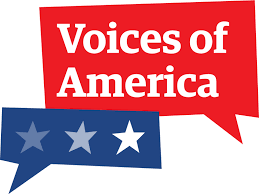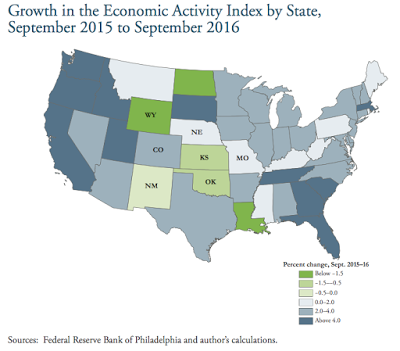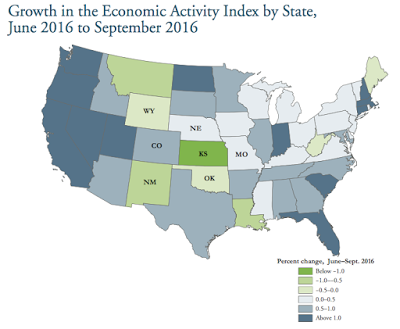
This article was last updated on April 16, 2022
Canada: ![]() Oye! Times readers Get FREE $30 to spend on Amazon, Walmart…
Oye! Times readers Get FREE $30 to spend on Amazon, Walmart…
USA: ![]() Oye! Times readers Get FREE $30 to spend on Amazon, Walmart…
Oye! Times readers Get FREE $30 to spend on Amazon, Walmart…
Despite the Federal Reserve’s insistence that the U.S. economy is strong, necessitating an increase in their benchmark interest rate, a recent publication by Jason P. Brown, a senior economist at the Federal Reserve Bank of Kansas City, shows that economic growth across America is extremely uneven when we look at state-level data. The specific states studied by the author are those included in the Tenth Federal Reserve District and include Colorado, Kansas, Missouri, Nebraska, New Mexico, Oklahoma and Wyoming.
The author begins by noting that states with economies that are concentrated in specific sectors experience earlier economic slowdowns and remain in those slowdowns for a longer period of time. There are problems associated with defining economic turning points at the state level for two reasons:
1.) the National Bureau of Economic Research (NBER), the group responsible for dating business cycles on a national basis, does not identify state-level recessions.
2.) timely state-level economic indicators are limited with gross state product being available on a quarterly basis with a six month lag.
The author found that the Federal Reserve Bank of Philadelphia’s state coincident index was a useful and timely measure of each states’ economic activity, capturing non-farm payroll employment, average hours worked in manufacturing by production workers, the unemployment rate and wage and salary disbursements deflated by the consumer price index. This data is released on a monthly basis and the index for the previous month is updated the following month. Changes in the coincident index show the following economic growth activity in the states making up the Tenth District between September 2015 and September 2016 as well as the nation as a whole with darker grey colours representing stronger economic growth and darker green colours representing stronger economic contraction:
As you can see, the energy-producing states in the District (i.e. Kansas, New Mexico, Oklahoma and Wyoming) accounted for four of the six states in the nation that had negative economic growth between September 2015 and September 2016 with the other two states also being energy producers (i.e. North Dakota and Louisiana also shaded in green).
The author then breaks down the data further by looking at the period between June 2016 and September 2016 as shown on this map:
As you can see, the pace of declining economic growth rose in some states beginning in mid-2016 with economic activity declining faster in both Kansas and New Mexico than in either Oklahoma or Wyoming. As well, the economies in both Maine and West Virginia showed declining economic growth and the states in the northeastern and north central United States experienced very low growth rates of between zero percent and 0.5 percent over the three month period, well below the rates experienced between September 2015 and May 2016.
This examination of the variation in state-level economic growth suggests that the reality of a stagnating economy is coming to fruition. While the Fed is behaving as though all is well in the U.S. economy, this study would suggest that negative economic pressures are building.
Click HERE to read more.
Vote for Shikha Dhingra For Mrs South Asia Canada 2017 by liking her Facebook page.
You can publish this article on your website as long as you provide a link back to this page.




Be the first to comment